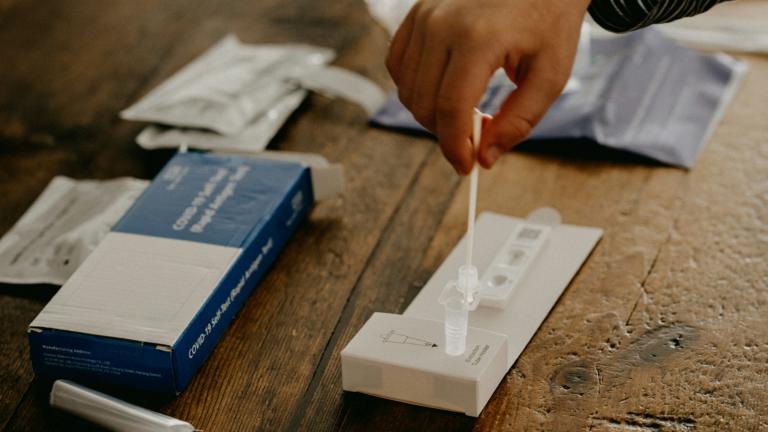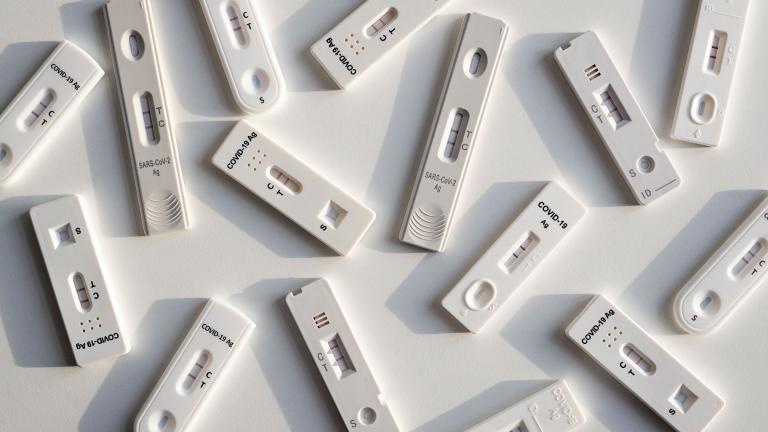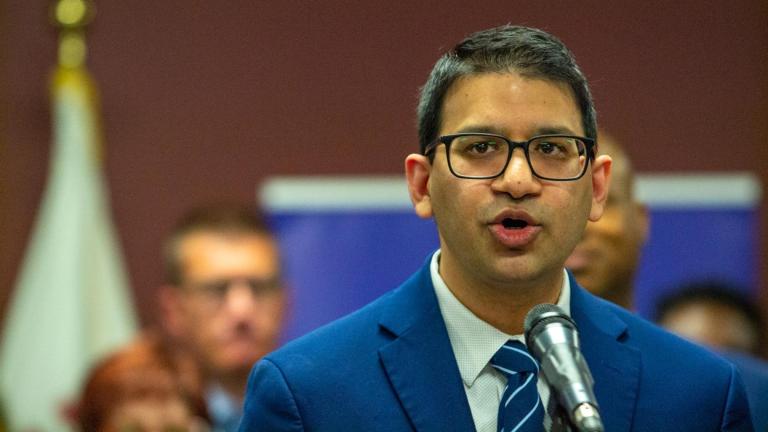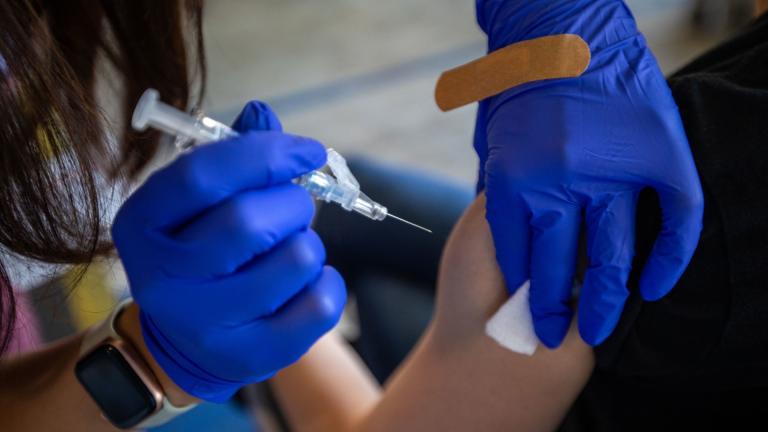About 46% of the United States’ population is fully vaccinated, according to the Centers for Disease Control and Prevention.
But many countries have shown lagging vaccination rates.
As the demand for vaccines wanes in the U.S., President Joe Biden recently announced a plan to distribute vaccines worldwide.
“We’re taking a major step that will supercharge the global fight against this pandemic,” Biden said June 10. “With my direction, the United States will purchase an additional half billion doses from Pfizer. It will donate to nearly 100 low and lower middle-income countries — they will be the beneficiaries.”
The plan aims to deliver 500 million vaccines by June of next year, including 200 million by the end of 2021 to 92 countries.
Tom Hope, professor of cell and developmental biology at Northwestern University, said production ability has been a barrier for countries that have low vaccination rates.
“A lot of times it comes down to resources, down to money and that should not be the question at this point,” Hope said. “These are investments we have to make for the world.”
Hope is concerned by the COVID-19 variants—not only with the delta variant, but the possibility of future variants that could spread faster.
“As we roll out the vaccine and the virus has a chance to bump into somebody that’s vaccinated, but then also somebody that isn’t, it can start trying to go back and forth between a vaccinated and non-vaccinated individual,” Hope said. “That’s the circumstance that can lead to a variant coming up that sees it has an advantage.”








